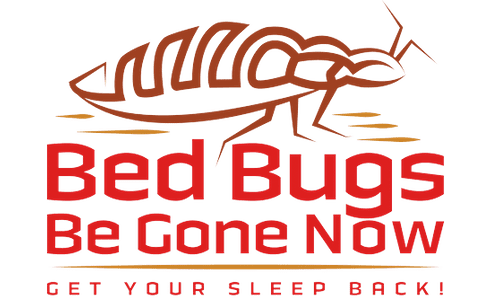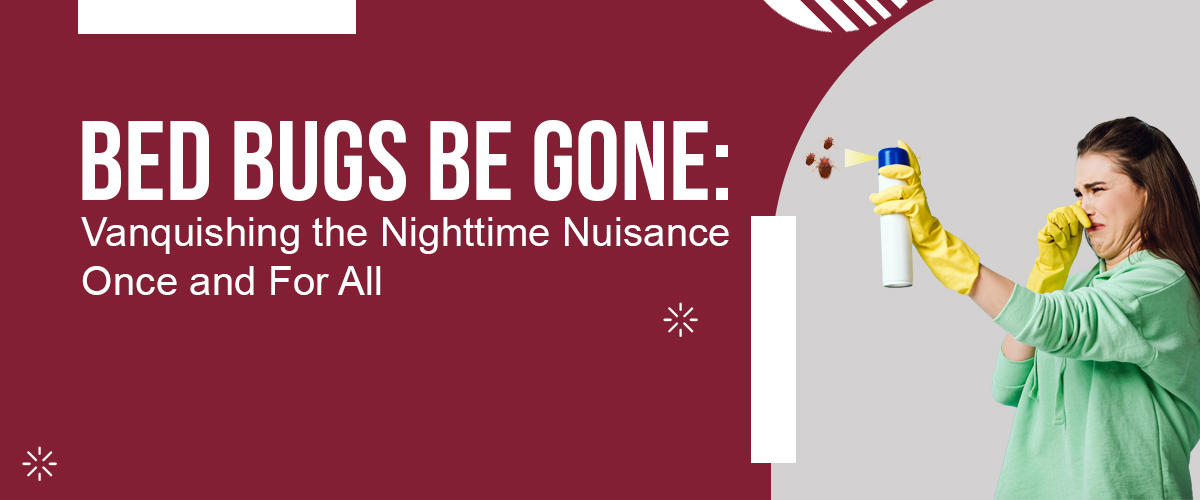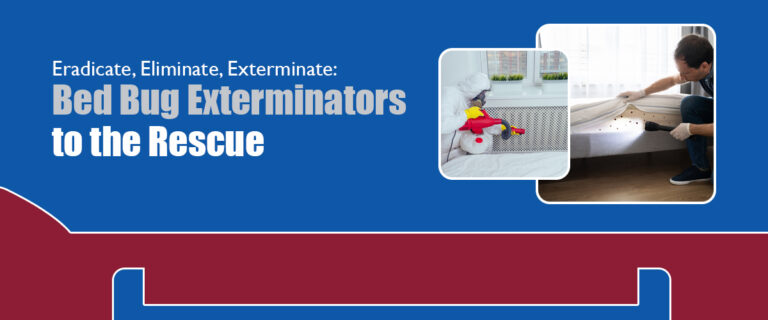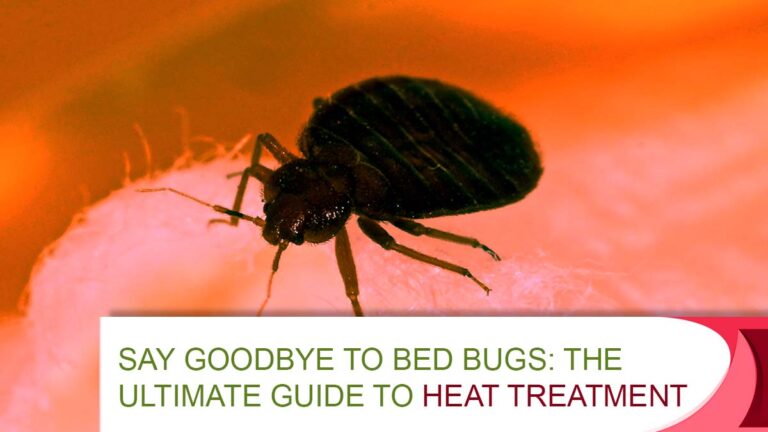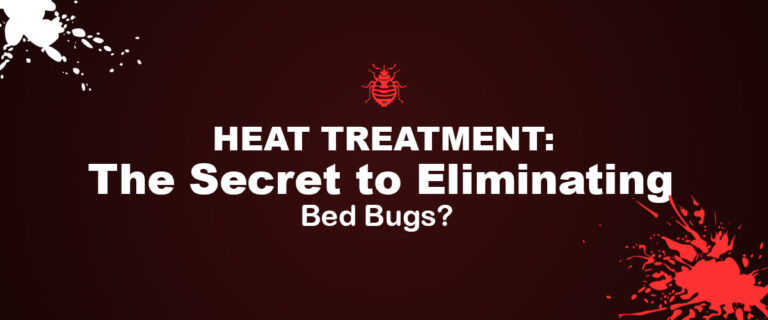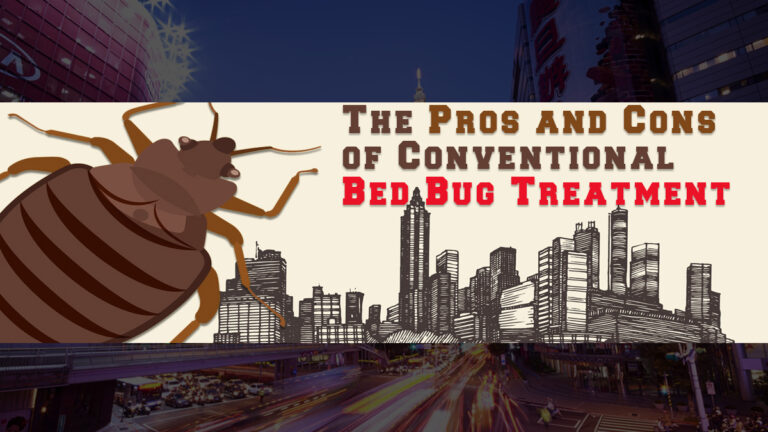Bed Bugs Be Gone: Vanquishing the Nighttime Nuisance Once and For All
Bed bugs, those tiny, elusive creatures, have long been a persistent problem for homeowners. The mere mention of these nocturnal pests is enough to send shivers down the spine of anyone who has encountered them. The battle against these elusive invaders in Wisconsin is more than a mere inconvenience; it’s necessary. Bed bugs be gone in Wisconsin is not just a statement; it’s a call to action for residents across the state.
Bed bug infestations are a haunting reality that disrupts the tranquility of home life. The Bed Bugs Be Gone initiative is not just about eradicating these pests; it’s about restoring peace of mind for homeowners. This article delves into the depths of this issue, exploring strategies and insights essential for eliminating this nocturnal menace.
The Bed Bug Menace
Homeowners facing bed bug infestations encounter a multitude of challenges, including:
- Persistence and Stealth: Bed bugs’ resilience and ability to hide in tiny spaces make eradication efforts arduous.
- Health and Sleep Disruption: Beyond physical discomfort, bed bugs cause sleep disturbances and stress, leading to emotional strain.
- Urgency of Control: The rapid reproduction rate of bed bugs necessitates immediate action to prevent exponential growth and widespread infestation.
These challenges collectively emphasize the need for swift, comprehensive bed bug control strategies. Addressing these issues goes beyond merely eliminating visible bugs; it involves disrupting their habitats and life cycle to ensure a return to a peaceful and pest-free living environment.
The Evolution of Bed Bug Treatment
The history of bed bug control reflects a constant battle between these pests and innovative control methods. The evolution of bed bug treatment spans a fascinating journey:
1. Historical Progression:
The field of bed bug control has evolved from ancient remedies to a specialized scientific discipline. Dating back to ancient civilizations, remedies included herbal concoctions and fumigation. Over time, the understanding of these pests grew, leading to the development of more structured approaches.
2. Technological Advancements:
Modern technology has revolutionized bed bug control. Innovations in pest detection, such as canine scent detection units, have enhanced accuracy in locating infestations. Additionally, advancements in heating systems and pesticide formulations have transformed treatment efficacy.
3. Innovative Approaches:
Contemporary bed bug extermination ventures into innovative realms. Heat treatments, leveraging high temperatures to exterminate bed bugs and their eggs, have gained prominence due to their effectiveness. Furthermore, using natural compounds and eco-friendly methods marks a significant shift towards sustainable pest control practices.
These advancements highlight the dynamic nature of the field, constantly adapting to overcome challenges and provide more efficient, effective, and environmentally conscious solutions for bed bug eradication.
Understanding Bed Bugs
Understanding the enemy is pivotal in winning any battle. Bed bugs’ stealthy habits and elusive hiding spots necessitate a detailed understanding. Identifying signs of infestation and acknowledging their resilience is crucial in devising effective control methods.
Modern Strategies for Bed Bug Extermination
In the realm of modern bed bug extermination, professionals employ a spectrum of cutting-edge techniques:
1. Innovative Methods:
Professionals utilize the latest tools and methodologies to combat bed bugs. These include advanced heat treatments, where high temperatures exterminate bed bugs and their eggs. Additionally, chemical treatments specifically formulated to target bed bugs have shown efficacy in controlling infestations.
2. Heat Treatment:
This technique involves raising the ambient temperature to lethal levels for bed bugs. The heat permeates cracks and crevices, reaching hiding spots where these pests dwell, ensuring comprehensive eradication.
3. Chemical Approaches:
Specifically designed chemicals disrupt bed bug physiology, leading to their demise. When applied correctly by professionals, these treatments target bed bugs while minimizing risk to humans and pets.
4. Multifaceted Approach:
Professionals often advocate for a multifaceted approach. Combining heat treatment, targeted chemical applications, and physical methods like vacuuming or steaming can maximize effectiveness. This comprehensive strategy addresses bed bugs at various life cycle stages, enhancing the likelihood of complete eradication.
Preventing Bed Bug Reinfestations
Preventing bed bug reinfestations involves proactive measures and ongoing vigilance:
1. Preventive Measures
Encase mattresses and box springs in bed bug-proof covers, seal cracks in walls, floors, and furniture, and minimize clutter to limit hiding spots and impede bed bug resurgence post-treatment.
2. Vigilance and Inspections
Conduct regular inspections, focusing on familiar hiding places like bed frames, upholstery, and baseboards. Promptly address any signs of bed bugs, such as fecal stains or shed skins, to prevent their numbers from growing.
3. Avoiding Reinfestation Sources
Stay vigilant during travel, and inspect luggage and hotel rooms to prevent bringing bed bugs home. Be cautious with used furniture or second-hand items, examining them thoroughly before getting them indoors to mitigate the risk of bed bug introduction.
Staying proactive and adopting preventative measures, coupled with regular inspections and a keen understanding of potential sources of reinfestation, forms a robust defense against the recurrence of bed bugs post-treatment.
DIY vs. Professional Bed Bug Control
While DIY methods may seem cost-effective, the comparison with professional services is crucial:
- DIY vs. Professional Services: DIY methods offer cost-effectiveness and quick action but may lack effectiveness and worsen infestations if not applied correctly. Professional services guarantee expertise, utilizing advanced techniques for thorough eradication and follow-up inspections, albeit at a higher cost.
- DIY Guidance: DIY methods work for small infestations and preventive measures, like using bedbug-proof covers and decluttering. However, extensive or recurring infestations warrant professional help due to their comprehensive approaches and expertise in handling complex situations.
- Expertise and Thoroughness: Knowledge and thoroughness are crucial, whether DIY or professional. Professionals offer precise identification, targeted treatments, and follow-up inspections. Even with DIY methods, attention to detail and adherence to recommended protocols are vital for adequate control.
Sustainability and Environmental Considerations
Sustainable and eco-friendly options have emerged in the quest for effective bed bug control. These methods prioritize reducing chemical usage, minimizing environmental impact, and ensuring long-term benefits for homeowners and the ecosystem.
- Sustainable Methods: Eco-friendly bed bug control includes heat treatments and natural compounds, minimizing reliance on harsh chemicals.
- Reduced Environmental Impact: These methods limit chemical usage, minimize environmental harm, and reduce ecosystem residues.
- Long-Term Benefits: Embracing eco-friendly approaches promotes healthier indoor environments and supports environmental well-being, aligning with sustainability goals for both homeowners and ecosystems.
Sleep Restored, Bed Bug Saga Over.
Bed Bugs Be Gone in Wisconsin encapsulates a comprehensive approach to banishing bed bugs, emphasizing key insights and strategies. Understanding these pests’ challenges, employing modern techniques such as heat treatments, and adopting preventive measures form the crux of effective eradication. The importance of seeking professional assistance stands paramount, ensuring thoroughness and expertise in tackling infestations.
As a call to action, readers are urged to consider these strategies as a blueprint for maintaining a bed-bug-free living environment. Vigilance, preventive actions, and professional support collectively serve as a robust defense against these persistent invaders, promising a peaceful and pest-free home for all.
Resources:
- Akhoundi M, Zumelzu C, Sereno D, Marteau A, Brun S, Jan J, Izri A. Bed Bugs (Hemiptera, Cimicidae): A Global Challenge for Public Health and Control Management. Diagnostics. 2023; 13(13):2281. https://doi.org/10.3390/diagnostics13132281
- Doggett, Stephen & Russell, Richard. (2007). Bed Bugs-Latest Trends and Developments. AEPMA National Conference 2007. https://www.researchgate.net/profile/Stephen-Doggett/publication/322973614_Bed_Bugs-Latest_Trends_and_Developments_AEPMA_National_Conference_2007/links/5a7a4a84a6fdccebdd81980b/Bed-Bugs-Latest-Trends-and-Developments-AEPMA-National-Conference-2007.pdf
